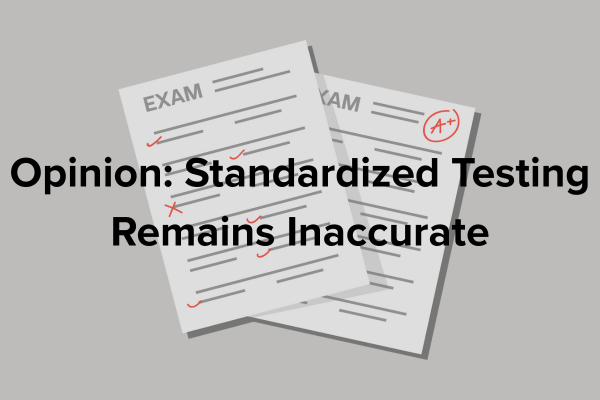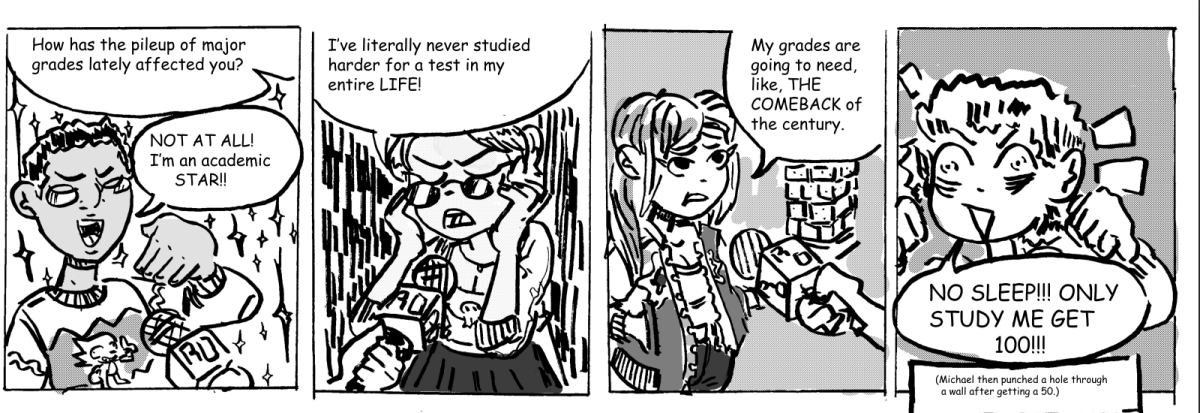
Every year, with the exception of 2020, teachers prepare students for important end-of-year exams like the STAAR and finals. However, these exams do not accurately show a student’s retention of information throughout the school year. Instead, standardized tests create another hurdle for students to overcome. States should not rely on standardized tests to measure a student’s ability because a dependency on testing increases stress in students and prevents the ability to recollect information taught in classes.
The removal of standardized tests in schools would provide satisfaction for students and decrease their stress levels, however completely avoiding testing raises concerns. It would break away from the traditional schooling process which could interfere with student’s abilities to handle future grade levels. But in reality, standardized tests do more harm than good. They create a habit of cramming information instead of learning the actual material which develops a bad learning environment for students and impedes their future success.
Standardized tests do not measure student’s knowledge as accurately as they claim, testing anxiety and other factors like students’ home life may affect students’ grades. Even if these tests claim to have a fair system backed up by research, each exam does not test a student’s emotional or psychological well-being, which could prevent their success in exams.
Standardized testing not only represents an unfair measurement of knowledge but it also comes from a dark past. From the beginning, standardized tests became a way to categorize people into boxes, separating them into ranks of intelligence, even if those ranks were inaccurate. The SAT initially started as a phycologist’s experiment but became one of the most influential exams for American high schoolers today.
The results from the first SAT became the central argument supporting the “superiority” of the white race. However, those results did not accurately measure anyone’s intelligence other than that of high-class English society as they asked questions relating to upper-class topics like differentiating different types of meat cuts. These questions put people who did not understand the concepts tested or English at a disadvantage. The creator’s failure to include accommodations for language or cultural barriers led to the low scores of minorities and the ignorant thought of immigrants “tainting” the population’s intelligence.
Since then the SAT has adapted and can accommodate more students regardless of race but standardized tests like the SAT still hold disadvantages for low-income students. Schools in lower-income neighborhoods have less government funding and fewer resources for students to prepare for major exams, however, these exams fail to acknowledge the difference and test everyone equally regardless of the disparity between districts. The ignorance of examiners prevents the majority of low-income schools from high achievement rates.
The inequality of exams between students and failure to adapt to possible disadvantages make them unreliable for the measurement of intelligence. Testing should not be a huge part of schooling and should be replaced by more interactive activities that engage students in a relaxed method.






















Kaliyah Coley • May 25, 2021 at 2:35 pm
Even though I am in Middle School, this applies to me as well. Stress builds up once everything that I’ve learned the entire school year leaves my brain for some how. Increasing the chance for me that fail the STARR, even though it does not apply to me this year, to me it damages my brain cells.